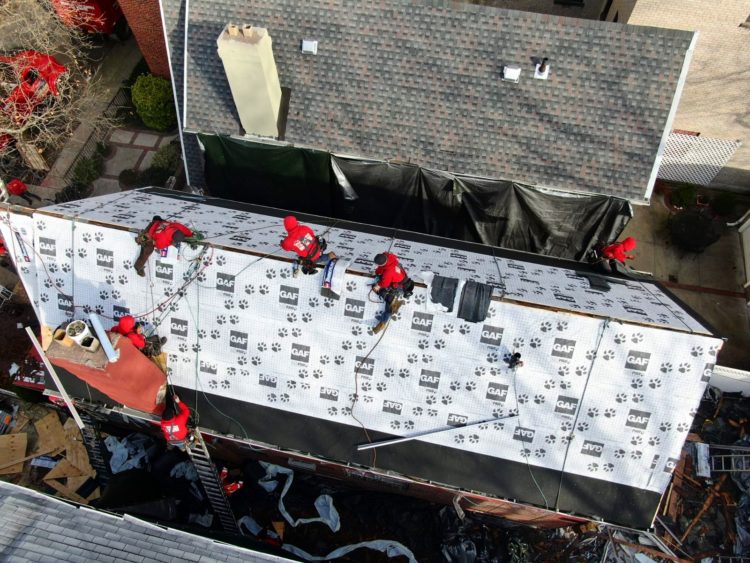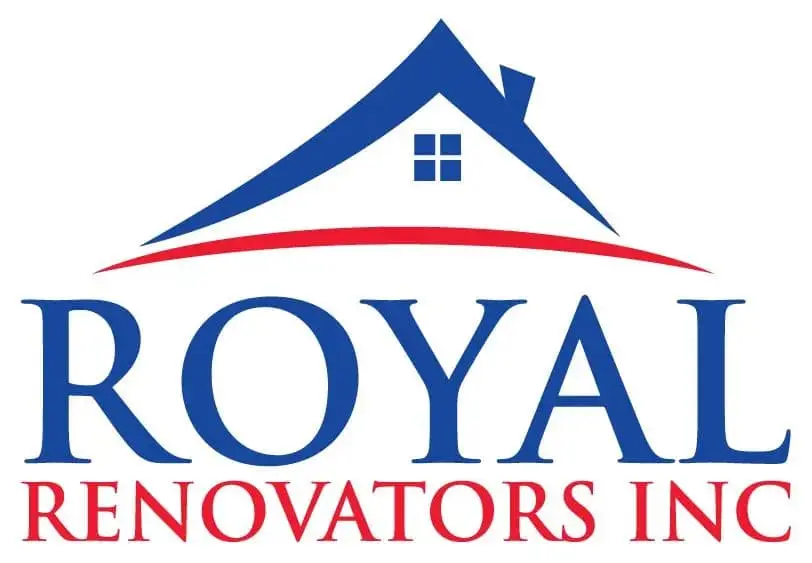The Best Roofing Materials For Summer Heat

The roof is undeniably an important aspect of a building. It is an essential part of the building that provides protection from various elements for the building occupants and what’s more, it adds an overwhelmingly aesthetic value to the building.
Rooftops aside from the aesthetic features it brings to the building; they shield homes and buildings from the conditions and element. The basic function of the roof includes; weather resistance, thermal insulation, sound insulation, fire resistant, strength and stability, durability, and aesthetic function.
Depending on the materials and colors employed, roofs are able to keep a building warm in the winter and cool during the summer. The secret is finding out which materials are perfect for which climates condition. For parts that edge in the direction of the warmer side of the scale, it’s advisable to opt for both colors and materials that reflect the sun’s rays, while steering clear of the ones that absorb and retain heat. The following roofing materials are the very best for warm climates.
Extreme heat and ultra-violet rays possess the potential to induce severe damage to various kinds of common roofing materials and products. Conversely, there are numerous alternatives that can handle these conditions and can be implemented by professional roofing systems companies. As well as being capable of withstanding these conditions, you would like these materials to be elegant.
If you reside in an area with soaring summer temperatures, it is important to consider an alternative roofing material for your climate. Better options for homeowners in warm climates are listed as follows.
Light-colored slate tile
Slate tiles have already been a well-known preference in Europe and America for many years, and it’s perfectly logical; they’re classy, durable, and low-maintenance. Slate roofing is widely known for their elegance in addition to its historic perceived importance. Nevertheless, they also do extremely well at cooling homes down. Light-colored slate tiles, most especially, do an outstanding work of reflecting heat away from a building.
On the negative aspects, slates are generally heavy and expensive. Slate roofing installation can also exhibit certain challenges. For individuals who don’t care about the excess price and hassle, it’s an awesome, highly durable, together with aesthetically appealing choice.
Overlays
A few builders and manufacturers nowadays are coating roofs with special materials and sprays that reflect heat. Examples of reflective coatings include materials like:
- Elastomeric sealants
- Foam sprays
- Ceramic-based paints
- Reprocessed waste cooking oil
Radiant barriers
Rather than attaching a layer to the top of the roof, it’s well possible to set up a cooling boundary between the roof and the loft or glide space. The cooling boundary is composed of reflective material most notably aluminum; this is because radiant hindrance behaves a lot like buffers by preventing heat from approaching the interior of the house.
Terra cotta and clay
For many years, terra cotta and clay appear to have been the material of preference in warmer climates, from Spain to the American southwest. It’s fascinating to look at from a distance and is as well ideally suitable to survive the wear and tear of the intense sun rays.
It’s not just the kiln-baked clay or the typically light color that keeps the heat at a distance; it’s also the pattern of the tiles. The interlocking arches of half-barrel tiles develop some certain space which warm air and water circulate which result in preventing heats from accumulating.
White S-shaped tiles
The ‘S’ shaped roofing tiles are quite similar to the traditional terracotta tiles; They resemble the traditional terra cotta designs with the same raised arch design which gives room for better air circulation.
The tiles are made from concrete and prove quite efficient at keeping the heat from the sun out of homes. They can reflect more solar rays than the traditional terra cotta by about 40 percent. They are mounted like terracotta tiles and have a raised bow, through which air can flow through more easily. White S-shaped tiles, because of their design and color, can reflect more light and heat than other roofing materials.
Rubber Roofing
The rubber roofing is literally not made of rubber; technically, it consists of a single-layer, white, rubber-like membrane. It consists of either a strong, weather-resistant thermoplastic or a synthetic rubber called ethylene-propylene-diene monomer, better known as EPDM. EPDM, an alternative to TPO, is a commonly used roof coating in commercial buildings.
Although, rubber does not seem to be the ideal material to keep out the heat, rubberized coatings are known as cooling technology. These rubbery membranes and thermoplastic roofing options are durable, lightweight and weather resistant. They are perfectly reflective; designed for the wear of harsh climatic conditions and are often supplied in white colors that reflect the heat from inside a house or building.
White metal roofing
Metal is strong, coupled with its astoundingly weather-resistant properties. Albeit, it’s usually the go-to materials for anyone who is dealing with heavy snows or hailstorms, a light-colored metal may also be an additional support against the cruel rays of the sun. Metal doesn’t retain radiation quite well indeed, which means that it cools faster at night.
White metal roofs can reflect about 66 percent of solar energy. While it does not reflect as much solar energy as others, it cools down faster at night than the others. It also holds less heat for shorter periods of time. It costs 20-30% more than traditional roofs, but energy savings, durability, and low maintenance make it cost-effective over time.
Solar roof shingles
The photovoltaic roof shingles or solar roofing system has come to be in place, all thanks to advance in technology.
Even though traditional materials can reflect heat to the atmosphere, the solar roof captures the energy of the radiation rays, stores it, and uses it as an alternative source of energy.
The roof offers a very good alternative for people living in sunshiny climes. These solar panels and shingles also come in a variety of traditional shingle shapes and sizes, so if you are more aesthetically inclined, you will lose nothing opting for them.
Green Roofs
Green roofs are basically one of the most eco-friendly ways to roof, and also perhaps may be the most profound alternative for retaining architectural structures cool. Certified roofing companies all over the country have been reporting a recent increase in demand for these types of roofing systems as the “green” trend is starting to kick in.
Incorporating waterproof membrane filled with soil as well as flora produces an effectively cool layer naturally, and also decreases the temperatures of both the roofing along with the ambience atmosphere. As a matter of fact, eco-friendly roofing is usually much compared to the surrounding atmosphere.
On the other hand, the costs of setting up are usually prohibitively expensive, while the mass of the soil can also add a substantial amount of strains to a building’s structure. The flora parts used in the roof membrane releases oxygen into the air making less harmful and toxic.
Concrete Tiles
Concrete is an excellent material for cooling your roofing considering the fact that it’s quite heavy and also requires a long period of time to heat. Although it is fireproof in addition to being solid, it’s porous more than enough to assimilate tints any time it’s dyed. Giving it mild tints will increase its energy functionality by reflecting far more sun rays compared to deep colorations.
This may moreover be remarkably strong and durable. A number of these concrete pattern attics in European countries have been up for a hundred and fifty years and are still functioning just as initially designed.
White flat tile roof
The white flat tile roof is more a less a modified concrete tile roofing. This flat concrete tile roof comes in various shades of colors; this helps keep the roof cool. The lighter version of the light white tile is made of ceramic, elastomer or a combination of fibers and cement. These tests are high in the test because they are heat-reflecting and durable.
The flat white cement tiles are the most effective because they can reflect up to 77 percent of the sun’s rays. The white barrel made of white, flat tiles prevents the heat from entering the building.
Hot weather shingles
The hot weather shingles are available for the different requirements, and different focus temperatures. They are basically made of asphalt and are available in different shades. White versions of these shingles are more suitable for hotter conditions.
As summer approaches, upgrading your roof to a heat resistant standard is a wise way to prepare for the summer. However, this may qualify you for a tax credit.
Contributed by: Royal Renovators Inc. 118-35 Queens Blvd Forest Hills, NY 11375 (718) 414-6067
